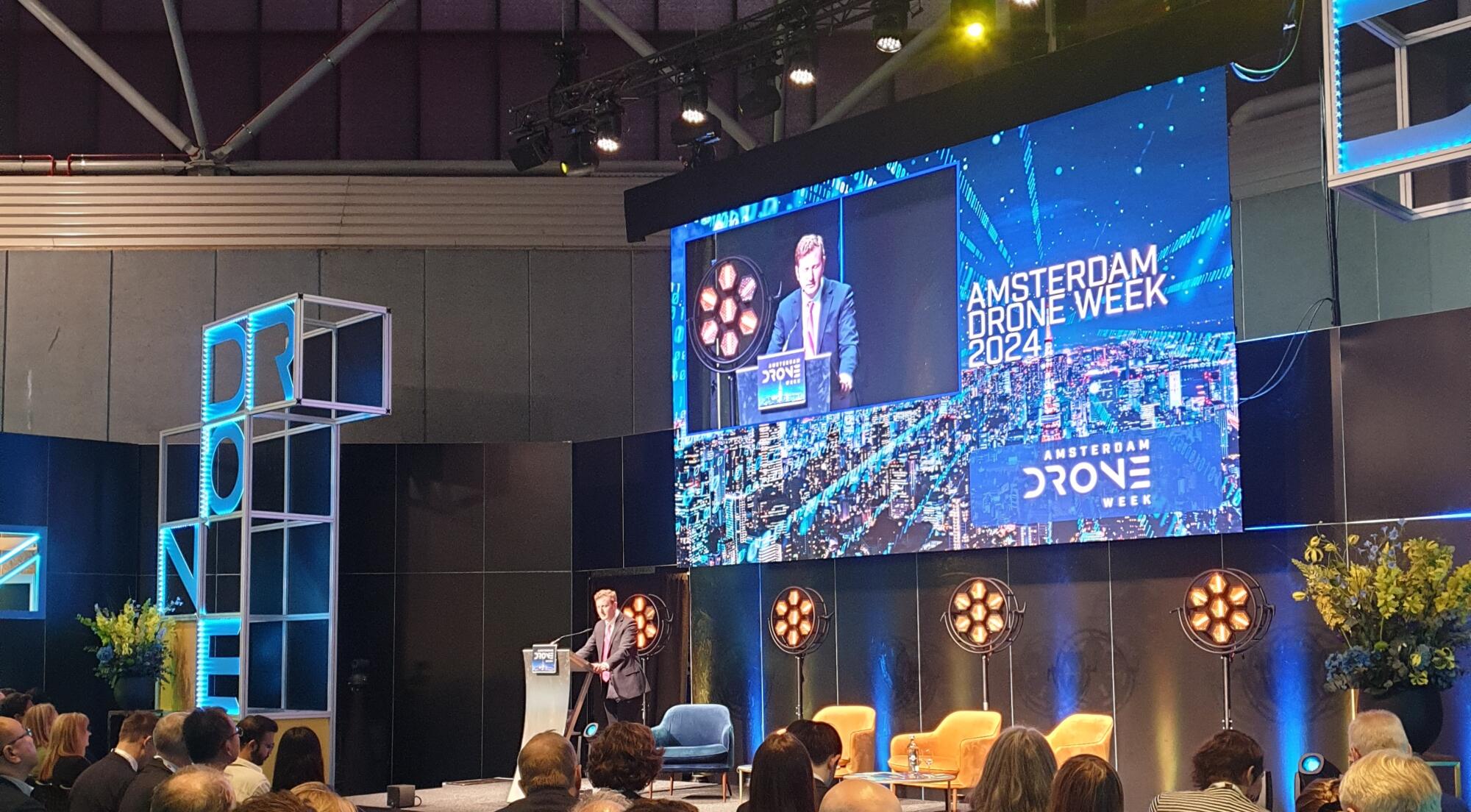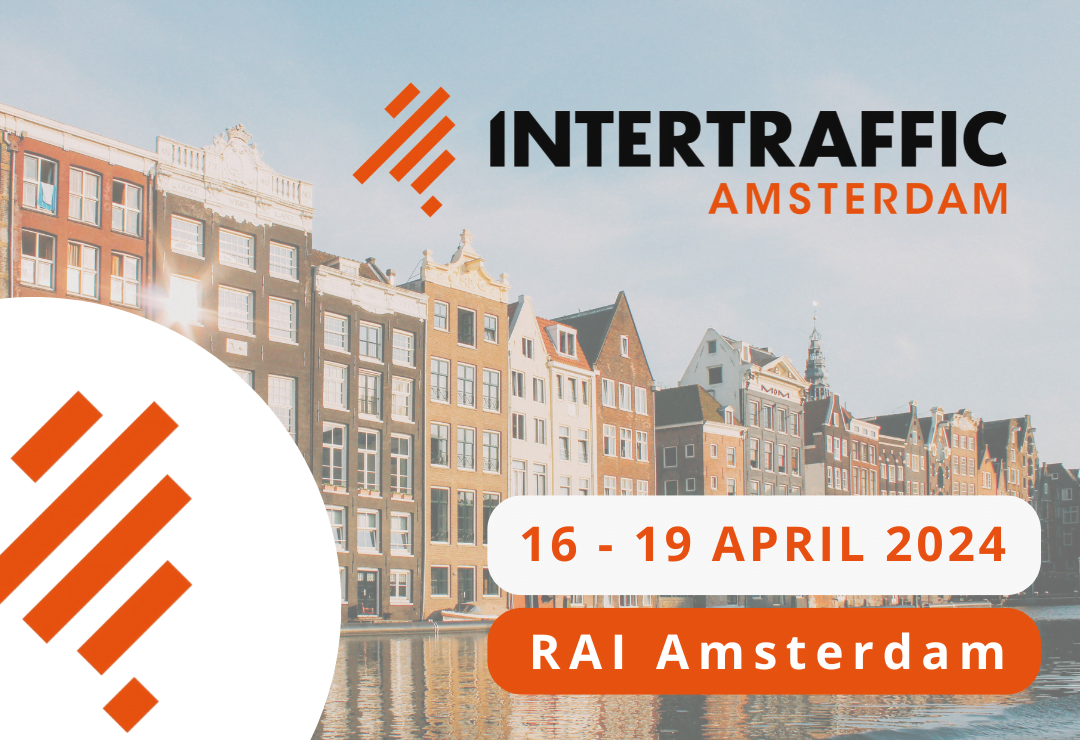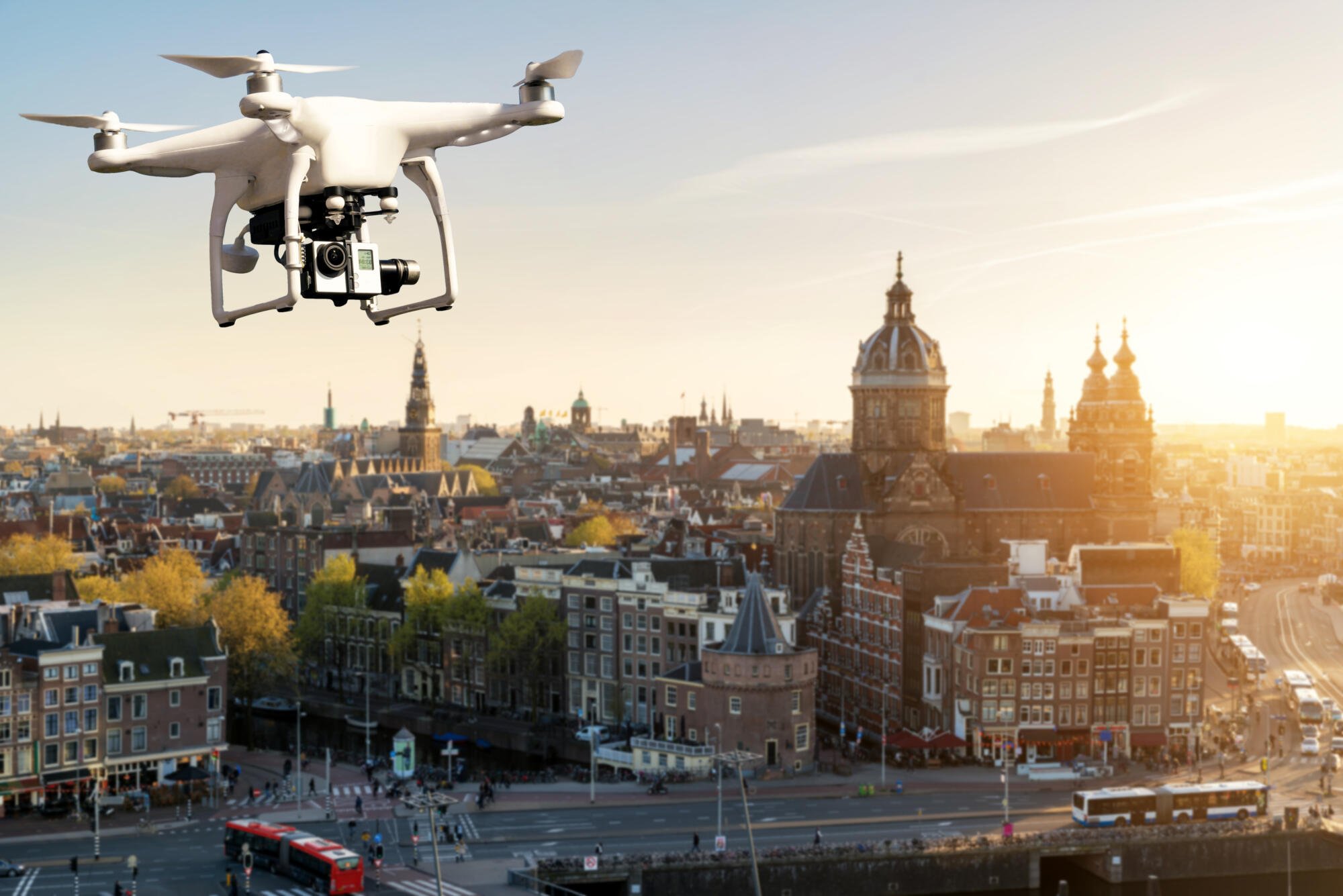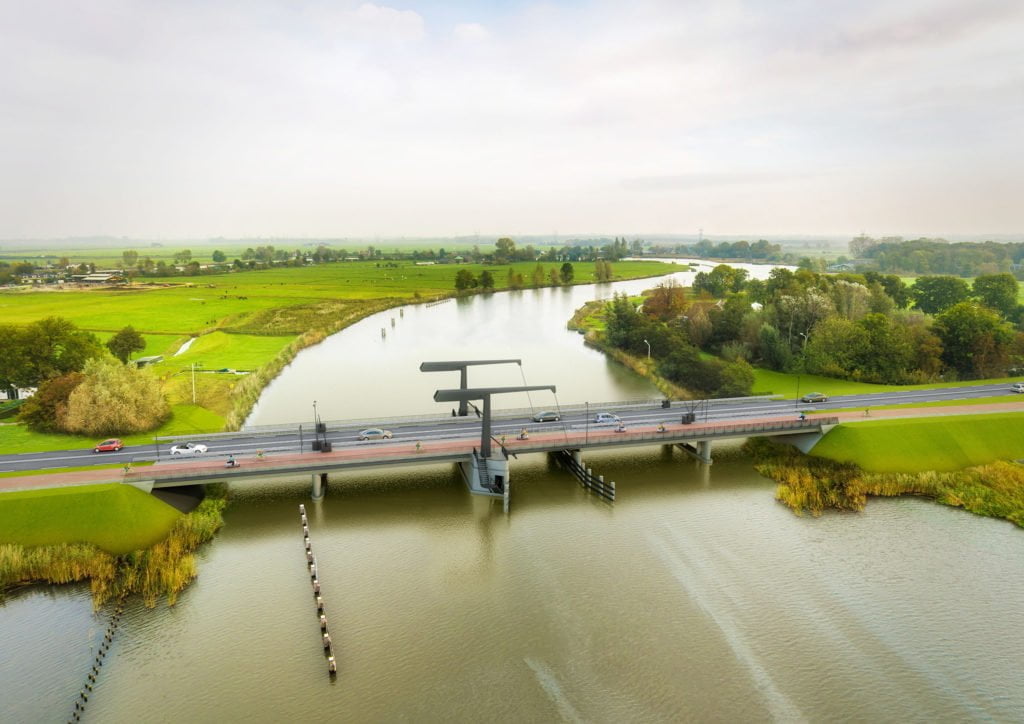Cities and regions take off at Amsterdam Drone Week 2024
This year's Amsterdam Drone Week signed a definitive step towards cities’ and regions’ interest and implication on urban mobility’s third dimension: the lower-level airspace.
Public authorities are looking to define rules for the occupation of that part of the public space, to avoid crowding while exploiting potentially more efficient and less environmentally costly solutions for emergency transport, infrastructure monitoring, and more use cases.
From defining relevant usages to identifying key challenges and gathering all relevant stakeholders, many efforts are ongoing at the local level, feeding constructive discussions and real progress on the topic. To support its members, POLIS follows regulatory and community-building advancement while keeping up to date with technical and operational work through EU-funded R&I projects in partnership with researchers, engineers, aviation and connectivity experts, and environmental specialists. Last week, many insights were shared, and dialogues promoted interesting opportunities and best practices, with potential concrete positive outcomes for POLIS members’ day-to-day activities.

Session on the Amsterdam Drone Lab, 18 April 2024, at Amsterdam Drone Week
Aspects of the lower-level airspace
The first focus of the event was on the conditions for air mobility operationalisation, highlighting what is needed to step from early times demonstrations to scalability reflections. Introducing diverse working groups at international, European, and national levels, the development of a risk- & performance-based regulatory framework was brought forward as a priority for sustainable air mobility services at scale. In addition, keeping the traditional aviation principles in mind and relying on existing communication systems (both in the conventional airspace and other urban transport dimensions) were described as a strategic enabler.
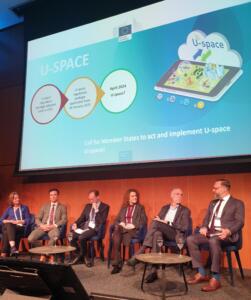
Update on the Drone Strategy 2.0 at Amsterdam Drone Week, 16 April 2024
Another aspect raised the planning need for operationalization and scalability of urban air mobility services. Several sessions addressed the work on adopting comprehensive strategies for advanced air mobility, covering the integration with urban systems and smart cities, the fundamental green energy systems to feed aircraft, and the involvement of citizens, potential users, and the whole ecosystem required to design and operate services.

Session on UAM strategy building at Amsterdam Drone Week, 16 April 2024
Next to that, examples of use cases and prototypes supported discussions with lessons learnt and future perspectives, as well as data and knowledge. From Hamburg’s UAM Strategy to the Rotterdam Port Drone services and the Paris World Premiere at the Olympic Games of Summer 2024, defining a holistic view of the local Urban Air Mobility ecosystem was a founding step to gathering the necessary competencies and planning experimentations. Capacity building and a solid dialogue basis are constantly needed as well, in parallel with reliable infrastructure and technologies.

Session on Port Drone Services at Amsterdam Drone Week, 16 April 2024
Finally, dedicated panels on urban perspectives of air mobility organised by the UAM Initiative Cities’ Community (UIC2) underlined how the advanced air mobility innovations can support more sustainable urban transport systems and what public value they entail. They also focused on how to exploit other transport modes’ innovation processes their lessons learnt to better shape UAM, and what competencies come with which responsibilities at the local level.
Urban Air Mobility, the POLIS way
POLIS organised a UAM meeting in Amsterdam to support members’ collaboration and peer learning, drawing on the key insights collected during the event. The rich participation of cities and regions and the fruitful discussions held showed an important increase in the relevance of the topic for the members. Building on experiences with drone detection, drone delivery, community building, and multilevel governance definition, positive and negative outcomes of different processes were identified. This exploratory meeting, organised in parallel with a POLIS Parking Working Group meeting, aimed at facilitating cross-mode and challenges discussions.

UIC2 Panel 1 at Amsterdam Drone Week, 16 April 2024
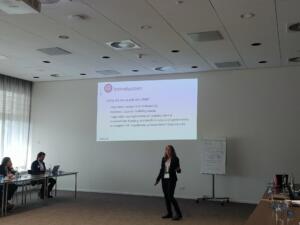
Introduction to POLIS UAM meeting, Amsterdam, 18 April 2024
Joining the Amsterdam Drone Week has become an annual turning point for POLIS, which recently became a member of the European U-space stakeholders network, gathering U-space service providers, UAS operators, other concerned public and private undertakings, U-space regulators, smart cities, and many more to promote dialogue and exchange of experience amongst the early implementers of U-space and their associated communities. With the SESAR-funded MUSE and MAIA projects focusing on UAM impacts on citizens’ quality of life and airports’ access solutions based on UAM & CCAM, POLIS contributes to the consultation and strengthening of the flourishing UAM community. More to come, stay connected!
